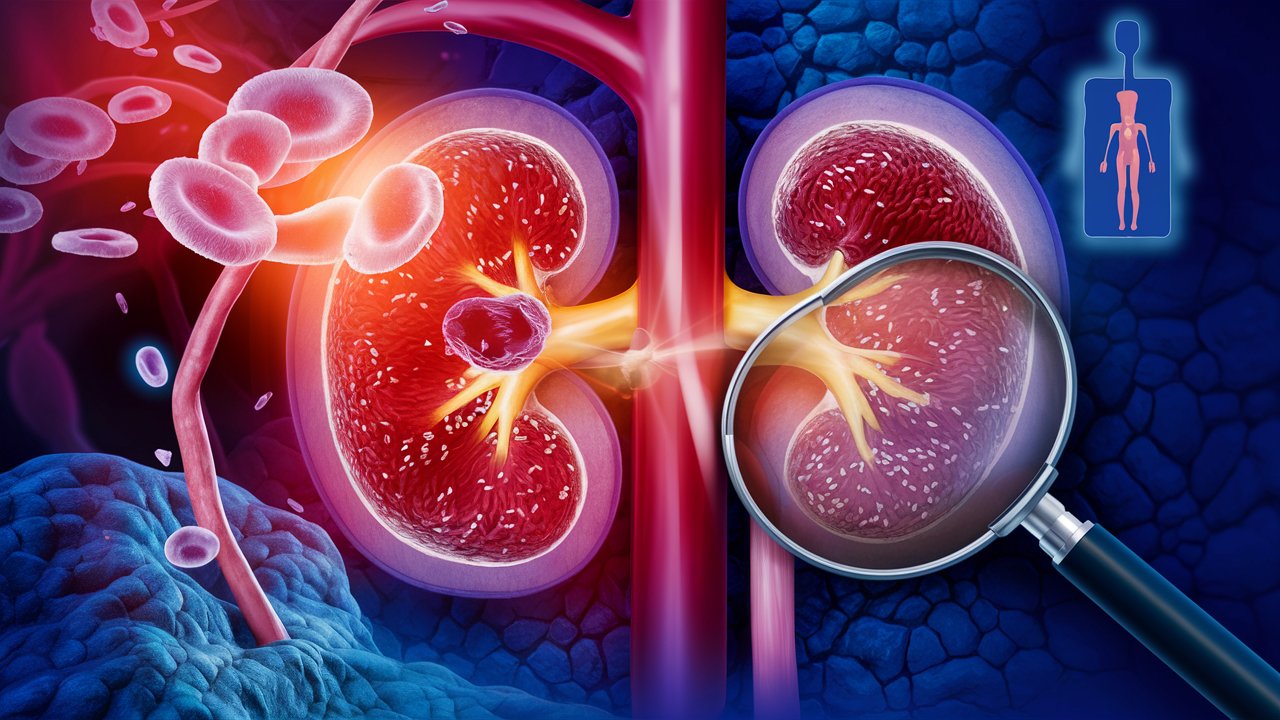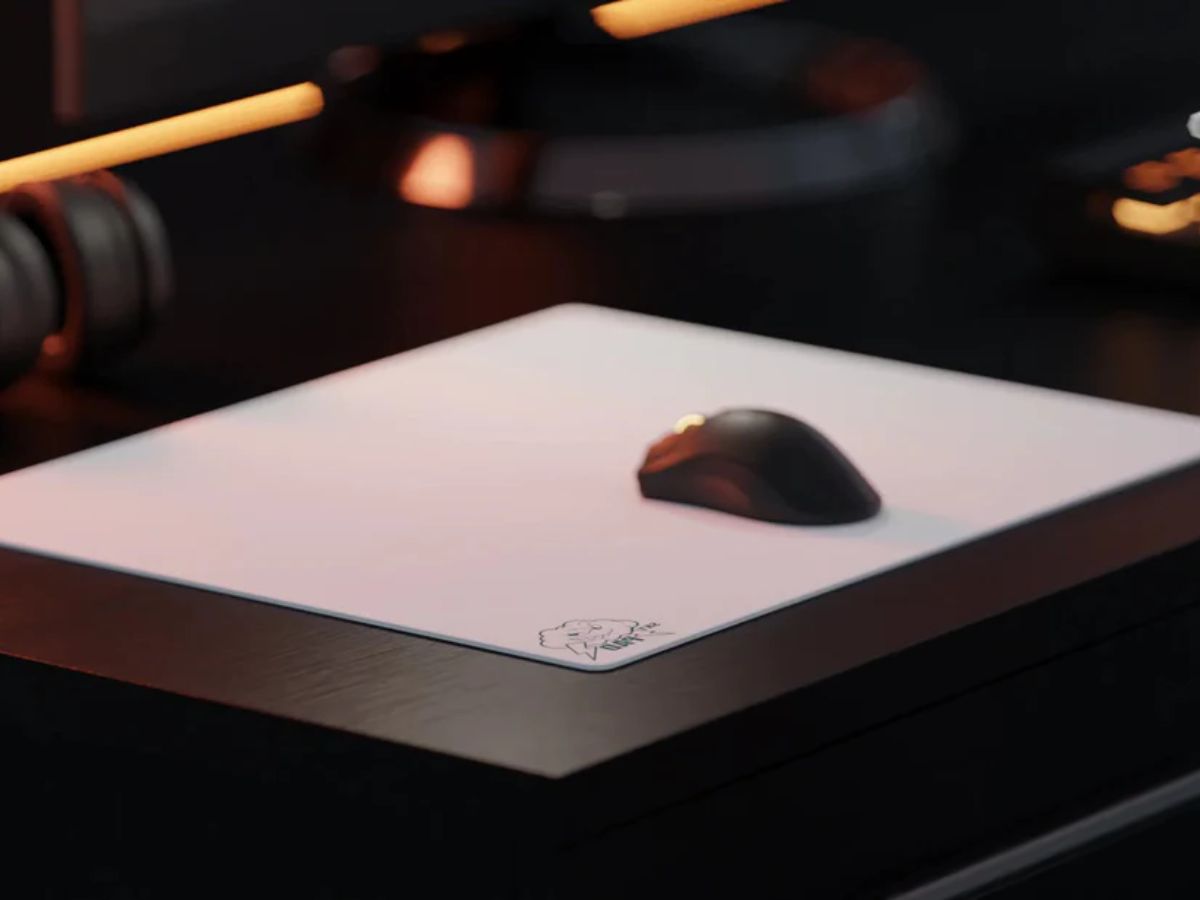
Cervical cancer screening is a crucial health measure for women. It helps detect abnormal cells in the cervix that could develop into cancer. Regular screening can save lives by catching issues early when they are most treatable. There are two main types of tests: the Pap test and the HPV test. The Pap test looks for precancerous changes, while the HPV test checks for the virus that can cause these changes. Women should start getting screened at age 21. Early detection through screening has significantly reduced cervical cancer rates. Knowing the facts about cervical cancer screening can empower women to take charge of their health.
Understanding Cervical Cancer Screening
Cervical cancer screening is a crucial health measure for women. It helps detect early signs of cancer, allowing for timely treatment. Here are some essential facts about cervical cancer screening.
-
Cervical cancer screening saves lives. Early detection through screening can significantly reduce the risk of developing advanced cervical cancer, leading to better treatment outcomes.
-
Two main types of screening tests exist. The Pap test (or Pap smear) and the HPV test are the primary methods used to screen for cervical cancer. Both tests can detect abnormal cells in the cervix that may develop into cancer.
-
The Pap test has been around since the 1940s. Dr. George Papanicolaou developed the Pap test, which has since become a standard procedure in women's health care.
-
HPV is a major cause of cervical cancer. Human papillomavirus (HPV) is responsible for nearly all cases of cervical cancer. The HPV test helps identify the presence of high-risk HPV types that can lead to cancer.
-
Screening guidelines vary by age. Women aged 21-29 should have a Pap test every three years. Women aged 30-65 should have a Pap test combined with an HPV test every five years or a Pap test alone every three years.
Importance of Regular Screening
Regular screening is vital for maintaining cervical health. It helps catch potential issues before they become severe.
-
Most cervical cancers are preventable. Regular screening and follow-up care can prevent most cervical cancers by detecting and treating precancerous conditions.
-
Screening can detect changes before symptoms appear. Cervical cancer often has no symptoms in its early stages. Screening can find abnormal cells before they turn into cancer.
-
HPV vaccination complements screening. The HPV vaccine protects against the types of HPV that most commonly cause cervical cancer. Vaccination, combined with regular screening, offers the best protection.
-
Screening is recommended even after vaccination. Even if vaccinated, women should still undergo regular cervical cancer screening because the vaccine does not protect against all cancer-causing HPV types.
-
Screening is quick and usually painless. Both the Pap test and HPV test are simple procedures that take only a few minutes and cause minimal discomfort.
Myths and Misconceptions
There are many myths surrounding cervical cancer screening. It's important to separate fact from fiction.
-
Screening is not just for older women. Women should start screening at age 21, regardless of sexual activity or other risk factors.
-
You don't need to be screened annually. Annual screening is no longer recommended for most women. Follow the guidelines based on your age and health history.
-
A normal result doesn't mean you can skip future screenings. Even with normal results, regular screening is necessary to continue monitoring cervical health.
-
Screening is important even after menopause. Women over 65 should continue screening if they have a history of cervical precancer or if they haven't been regularly screened.
-
Abnormal results don't always mean cancer. Abnormal screening results often indicate precancerous changes, not cancer. Follow-up tests and treatments can address these changes.
Advances in Screening Technology
Advancements in technology have improved the effectiveness and accessibility of cervical cancer screening.
-
Liquid-based cytology is a newer method. This technique collects cells in a liquid medium, allowing for more accurate results and additional testing from the same sample.
-
Self-sampling for HPV testing is emerging. Some studies suggest that self-sampling for HPV testing could be a viable option, especially in areas with limited access to healthcare.
-
Artificial intelligence aids in screening. AI technology is being developed to assist in analyzing Pap test results, potentially increasing accuracy and efficiency.
-
HPV DNA testing is highly sensitive. HPV DNA tests can detect the genetic material of high-risk HPV types, providing a more sensitive screening method than traditional Pap tests.
-
Telehealth expands access to screening. Telehealth services can help women in remote or underserved areas access cervical cancer screening and follow-up care through virtual consultations.
Staying Informed Saves Lives
Understanding cervical cancer screening can make a huge difference. Regular screenings help catch abnormalities early, often before they turn into cancer. Pap smears and HPV tests are essential tools in this fight. Women should start screening at age 21 and continue as recommended by their healthcare provider.
HPV vaccination also plays a crucial role in prevention. It’s important to follow guidelines and stay updated on the latest recommendations. Remember, early detection can save lives.
Talk to your doctor about the best screening schedule for you. Encourage friends and family to stay informed too. Knowledge is power, and in this case, it’s a lifesaver. Stay proactive about your health, and don’t skip those important appointments.
Was this page helpful?
Our commitment to delivering trustworthy and engaging content is at the heart of what we do. Each fact on our site is contributed by real users like you, bringing a wealth of diverse insights and information. To ensure the highest standards of accuracy and reliability, our dedicated editors meticulously review each submission. This process guarantees that the facts we share are not only fascinating but also credible. Trust in our commitment to quality and authenticity as you explore and learn with us.


